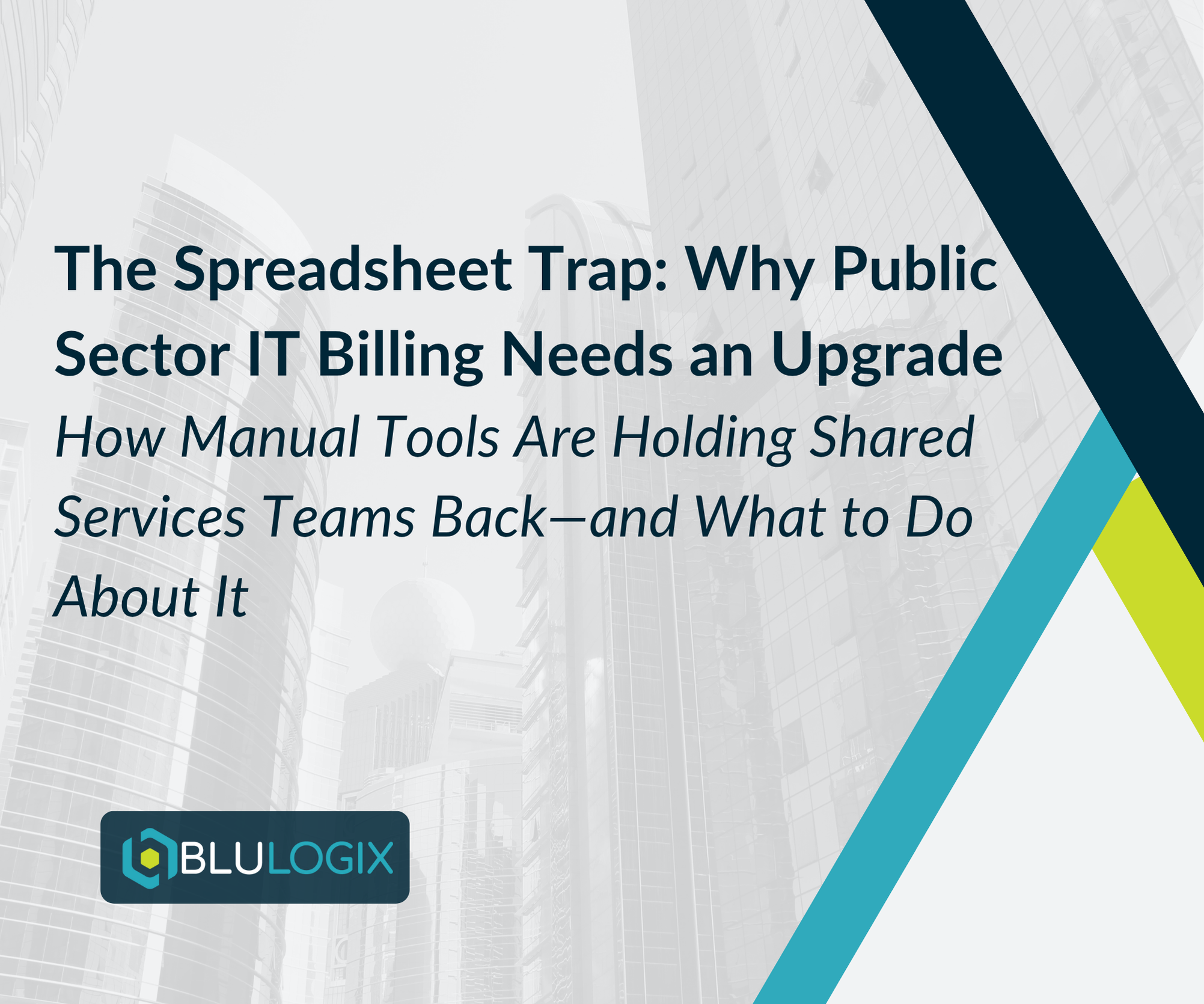Mastering the Art of Complex B2B Recurring and Subscription Billing: Overcoming Provisioning Complexity
In the landscape of B2B subscription models, the transition from sale to service activation—known as provisioning—is a critical phase that directly impacts customer satisfaction and retention. However, provisioning complexity, driven by the need for customized solutions, integration with existing customer systems, and the sheer variety of subscription options, can pose significant challenges. This blog post explores the nuances of provisioning complexity and outlines strategies to ensure a smooth, efficient service activation process for subscription models.
Take your business further with BluIQ’s flexible, scalable, enterprise-grade intelligent billing solutions.
The Provisioning Challenge
Provisioning in B2B subscription services involves setting up and configuring the service according to the specific agreement made during the sales process. Challenges arise due to:
- Customization Demands: Each B2B client may require a unique set of configurations, integrations, or custom developments.
- Integration Requirements: Seamlessly integrating new services into customers’ existing workflows, software ecosystems, or data structures can be intricate.
- Scalability Issues: As the customer base grows, so does the challenge of maintaining high-quality, timely provisioning at scale.
Strategies for Streamlining Provisioning
- Automate Where Possible: Leveraging automation for standard provisioning tasks can dramatically reduce the time and effort required for service activation. Automation ensures consistency and frees up resources for more complex, customized provisioning needs.
- Develop a Robust Provisioning Framework: Create a structured, repeatable process for provisioning that can be customized as needed. This framework should cover everything from initial setup to final verification, including any necessary customer training.
- Enhance Communication with Customers: Clear, ongoing communication with customers throughout the provisioning process is essential. Keeping customers informed of progress, any requirements from their side, and timelines helps manage expectations and builds trust.
- Invest in Training and Tools: Equip your provisioning team with the training and tools they need to efficiently handle complex setups and integrations. A well-prepared team can significantly reduce provisioning times and improve the overall customer experience.
- Implement Pre-Provisioning Checks: Before beginning the actual provisioning process, conduct thorough checks to ensure all customer requirements are understood and all necessary resources are in place. This proactive approach can prevent delays and issues down the line.
- Monitor and Optimize the Provisioning Process: Continuously monitor the efficiency and effectiveness of your provisioning processes. Gather feedback from customers and internal teams to identify areas for improvement and refine your approach accordingly.
- Collaborate Closely with Sales and Support Teams: Ensure tight coordination between sales, provisioning, and support teams. This collaboration ensures that customer requirements are accurately communicated and that any issues encountered during provisioning can be quickly addressed.
Efficient and effective provisioning is a cornerstone of customer satisfaction in the B2B subscription model. By addressing the challenges of provisioning complexity with strategic planning, automation, and team enablement, businesses can ensure that the transition from sale to service is seamless. This not only enhances the customer experience but also sets the stage for long-term customer relationships and retention.
Stay tuned for our next post, where we’ll discuss the complexities of managing digital inventory in subscription models and how to maintain accuracy and efficiency in this critical area.
Take your business further with BluIQ’s flexible, scalable, enterprise-grade intelligent billing solutions.
Learn more

The Spreadsheet Trap: Why Public Sector IT Billing Needs an Upgrade

How Cost Recovery Chargeback Rebuilds Trust in Public Sector IT


